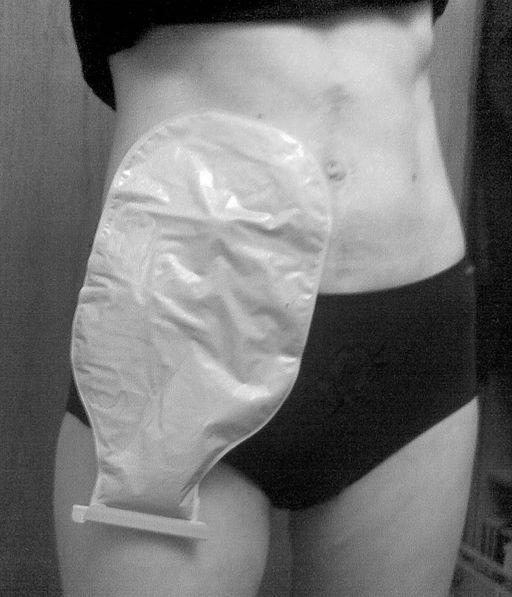Inclusivity for those with chronic disease or differing abilities is gaining momentum as a fashion trend. And it is about time, for all of the innumerable obvious reasons. In an industry uniquely positioned to raise awareness at levels the public health sphere never could, the newest campaign by American Eagle’s Aerie line, devoted to body positivity through unretouched imaging or use of “real” women, showcases lingerie models replete with their respective personal medical devices, albeit an ostomy bag, insulin pump or wheelchair.
This is good for humanity. For fostering improved functionality in clothing design for those with health challenges. For empowering individuals. For reducing unnecessary stigma and its accompanying burdens (eg social isolation, medical noncompliance, or depression). For emotional well-being and sexual health.
Companies are recognizing the invaluable role they can play in shifting much needed cultural acceptance and norms. Earlier this year, out of more than 140,000 contestants vying to become the 2018 Gerber Spokesbaby, Lucas Warren from Georgia was the first with Down Syndrome in the competition’s roughly 90 year history. Asos, the online retailer, partnered with BBC Bristol Sport reporter and Para Athlete Chloe Ball-Hopkins to make a jumpsuit that is not only practical for someone in a wheelchair, but is also fashionable for any woman. The rollout of this first effort has gone viral, sparking a global sensation.
Innovations in healthcare can come from many places
Take Uber or Lyft’s entry into the health space. Medical noncompliance and appointment no-shows substantially contribute to increasing health care costs - on top of resultant treatment complications and disease decline (especially in the chronically ill) due to such deferral. Access to transportation is a significant factor amounting to $150 billion lost each year due to 3.6 million Americans delaying or missing medical appointments and interventions, with 950,000 being children.
Innovations in healthcare that move the needle a lot more often are not always the highest tech big risk, routinely low reward moonshots. The Centers for Medicare and Medicaid Services (CMS) is expanding their Medicare Advantage plan to include benefits that meet patients “unique health needs” and improve “their quality of life.” Behavioral economics is in full swing these days. Based on the premise that social determinants can drive poor health outcomes and increase costs, equalizing these factors through non-emergent medical transportation (NEMT) as a means to reduce barriers thereby improving care access, providing air conditioners for high risk populations and specific foods for those with diabetes could impact healthcare spending with a hope of yielding greater dividends.
Facilitating healing and maintaining wellness involves a complexity of choices and behaviors beyond physical manifestations.
It is very common for teenagers, in particular, with chronic illness to stop taking their medications because they want to be like everyone else, especially when they have endured long-term disease. The ramifications to their health, as a result, can be quite unfortunate. Thinking outside of the box by channeling resources toward fixed, manageable solutions to known problems is a refreshing way to achieve the larger goal of a healthier society. In a world where so many problems we don’t have are being “solved,” it is refreshing to see ones we do have find a fix.




